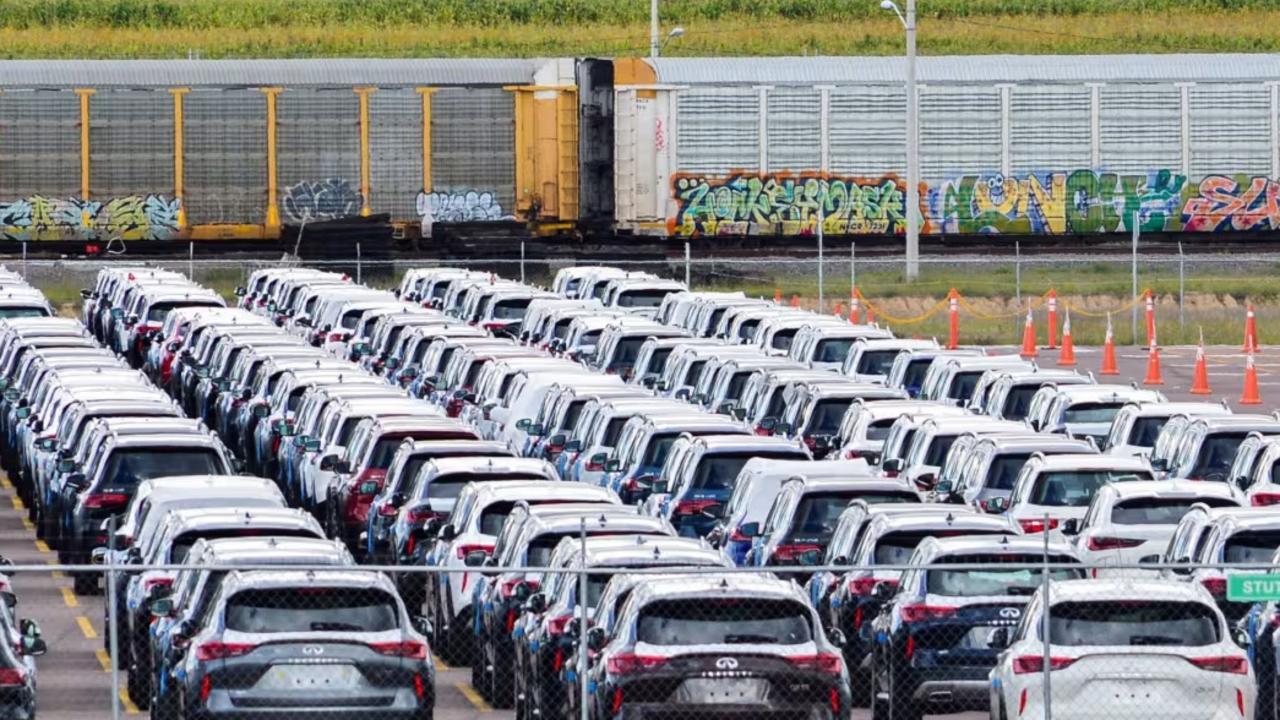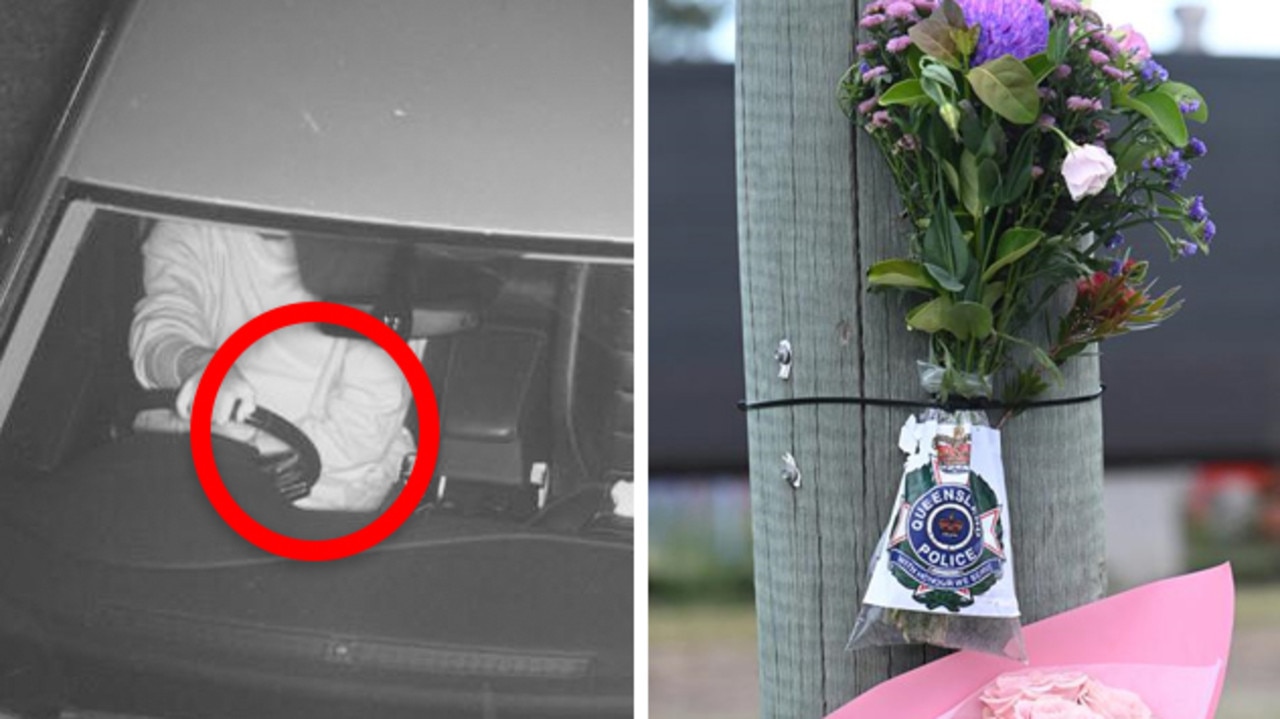Sad sound in truckie video show brutal reality of Aussie roads
Disturbing video shared online by a heavy vehicle driving school has illustrated the great dangers involved for those piloting the big rigs on Aussie roads.

Disturbing video shared online by a heavy vehicle driving school has illustrated the great dangers involved for those piloting big rigs on Aussie roads.
The raw footage, first put online by Ultimate Truckers and then shared by Macquarie Driving School, shows a female learner truckie forced to deal with a family of kangaroos that jump out in front of her truck on a rural road.
The learner driver and her instructor are travelling along the wide, open road when a female adult kangaroo and two of her joeys hop out in front of her. The driver is urged to “keep it straight” and not to attempt to avoid a collision with the revered native animals.
MORE: iPhone car coming to Australia

The instructor can be heard repeating the commands to the trainee truckie before a loud clunk is heard. The instructor praises his student who replies: “Yuck I hate that sound”.
“But I’m not going to jeopardise oncoming traffic and our lives for one kangaroo.”
The mother kangaroo avoided being run down by the rig, but her joeys were not so lucky.
HEARTBREAKING REALITY
Macquarie Driving School instructor Michael Matta told Yahoo News, that while the reality of animals being killed on Australian roads was “heartbreaking” it was best practice for those behind the wheel to keep the vehicle steady.
Professional drivers and those driving on rural roads for work purposes are usually advised not to brake or try to avoid the animals, as illustrated in the Ultimate Truckers footage, but that best practice is simply to keep on driving in order to avoid a more serious accident and even a fatal one.
MORE: The Yank tank cutting Australia in two
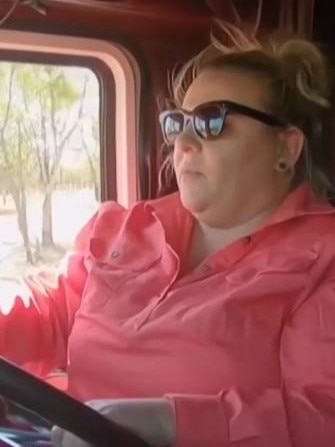
In the footage shared, traffic can be seen coming in the other direction, a potential hazard if the truckie was to swerve.
“It’s very bad to hit animals. Some of our drivers pull over and call wildlife services. But sometimes it’s not practical or safe to stop,” he said
“If they hit the brakes as hard as they can that’s not good because the vehicle can lose balance. If you swerve they could hit other cars around them.
“From the beginning drivers should always be scanning around, having good observation and not getting distracted but sometimes it’s out of their hands. They can be driving at high speed and it can look like nothing is there then suddenly something jumps out in front of the road.”
10 MILLION KILLED EVERY YEAR
According to a University of Melbourne study from last year, more than 10 million animals are killed on Australian roads each year. Certainly, it can be unusual to drive in rural Australia for more than a few kilometres on major highways and not see roadkill.
MORE: Why Australia’s new ute faces an ugly truth
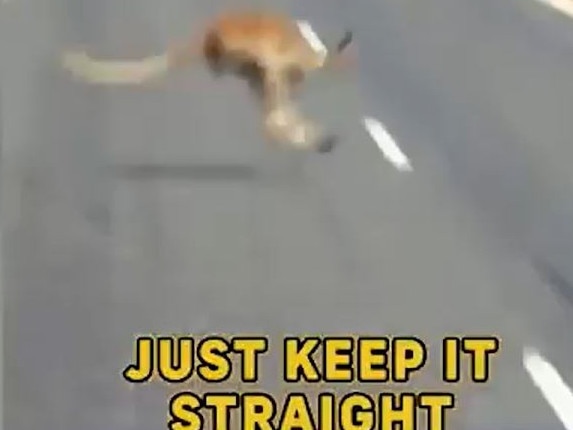
Half the drivers surveyed for the report said they had hit animals including wallabies and deer in National Parks in NSW but most were not keen to drive more slowly or avoid driving at dawn or dusk when many animals are out searching for food
Animal behaviouralists put kangaroos’ bad road sense – just don’t call it that – down to the fact they can’t see vehicles properly but also their poor perception of how fast cars are travelling and hence the time they have to avoid them.
According to insurance giant AAMI, animals collisions jumped 22 per cent year on year through to June 2024 – and that 54 per cent of drivers had been involved in an animal collision, with the majority happening on rural and regional roads.
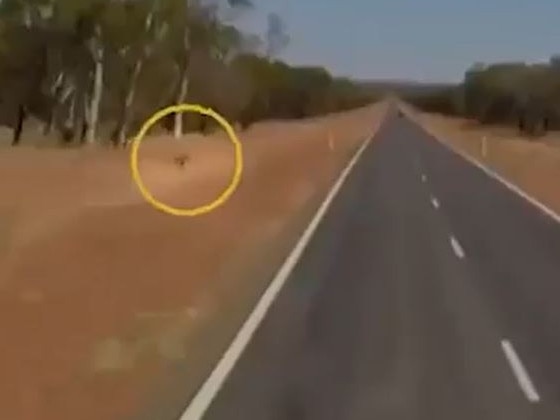
The research from AAMI found more than 40 per cent of Aussie drivers don’t pay attention to wildlife warning signs, and most drivers (60 per cent) would dangerously swerve or slam on the brakes to avoid colliding with an animal, putting themselves and other drivers at risk.
Kangaroos were the most common animal hit, via the study.
WHAT TO DO ABOUT IT
The research found one in 10 Aussies don’t know what they would do if they crashed into an animal.
Just as worryingly, there doesn’t seem to be any immediate solution available to the hazards posed by wildlife on our roads and drivers’ reaction to them.
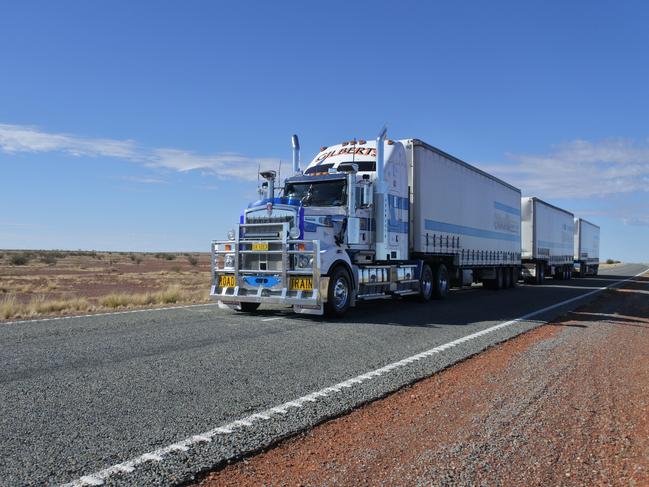
The Melbourne Uni study said many drivers ignore warning signs and that wildlife whistles affixed to cars to alert animals can not be heard adequately above traffic noise. Fences and crossings can work but they are too costly to be widely implemented.
It is hoped that increased advancements in anti-collision technology in vehicles could go some way to alleviating the situation.
Originally published as Sad sound in truckie video show brutal reality of Aussie roads




